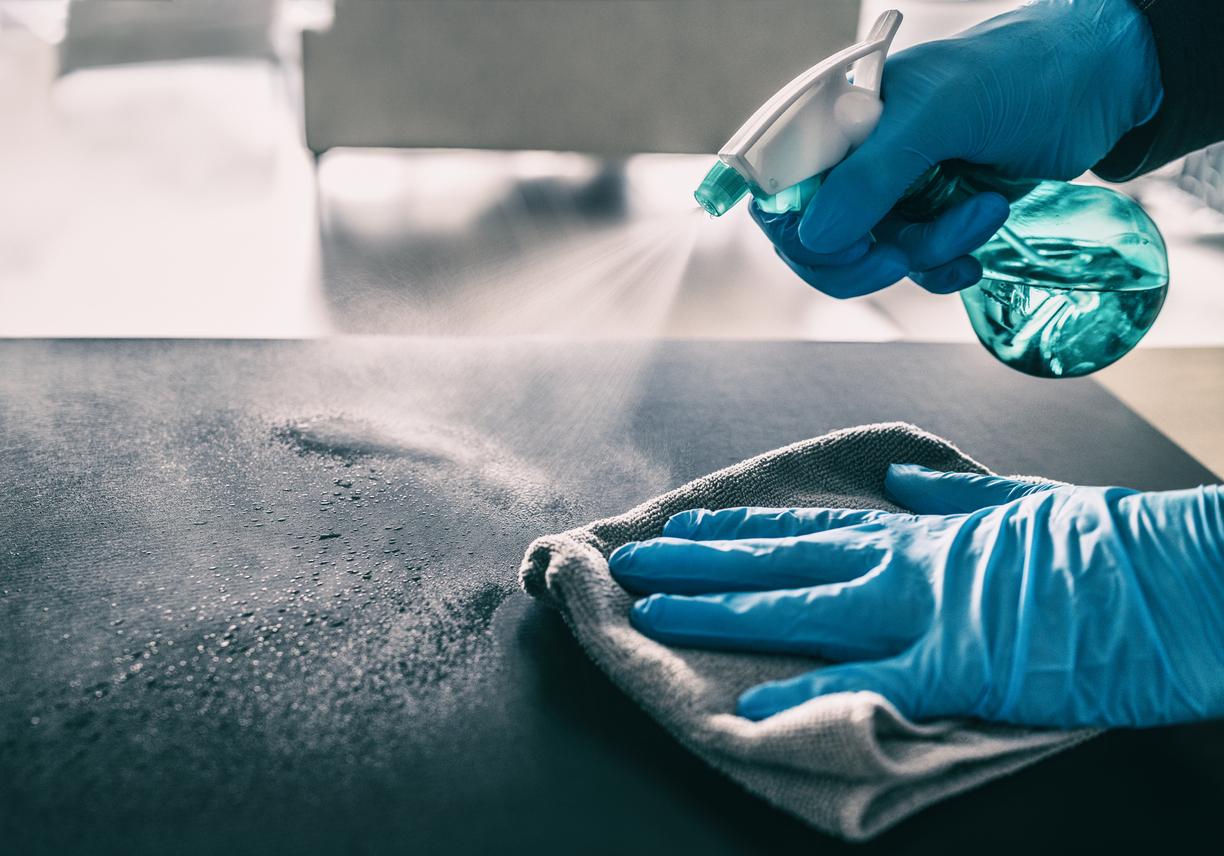The two biggest threats to our mouths are cavities and periodontal disease. There tooth decay appears when the bacteria that are present in the dental plaque (the one that is built up as you eat) transform the sugars, contained in food and drink, into acids that attack the teeth. In the long run and in the absence of good oral hygiene, the structure of the tooth becomes fragile… which leads to pain.
THE periodontal diseases, meanwhile, reach the supporting tissues of the teeth: the gum, the bone and the ligament. Characterized by pain, swelling and/or bleeding of the gums, they are reversible when taken care of early enough – at the gingivitis stage. In the most serious forms (periodontitis), this can progress to the loss of teeth.
Gingivitis: what treatment?
This inflammation due to the accumulation of biofilm under the gums would affect almost 1 in 2 French people. Gingivitis is manifested by swelling of the gums and bleeding. If it is not treated, this diseased gum is a real gateway for bacteria or toxins which, in the long term, can cause the loss of the tooth, or even colonize other organs at a distance.
Fortunately, gingivitis is reversible and can be easily treated by regular brushing of the teeth and gums (from red to white) which will remove the biofilm. If this is not enough, in contact with saliva, this biofilm gradually turns into tartar, impossible to dislodge with a simple toothbrush. It will then be necessary the intervention of the dental surgeon who, thanks to ultrasound, will remove the tartar stuck on the crown (visible part of the tooth) and the root of the tooth (under the gum). This scaling can be performed under local anesthesia in case of dental sensitivity. It reduces inflammation of the gums and preserves the bone that supports the tooth, and therefore maintains a healthy environment for the tooth.
Periodontitis: what treatment?
Periodontitis follows untreated gingivitis: the bacteria that have developed under the gum then form one or more periodontal pockets between the gum and the tooth. Sometimes micro-abscesses appear and, after a few years, some teeth become more mobile. Often, the disease progresses insidiously until the various supporting tissues that form the periodontium (gum, cementum, ligament and alveolar bone) are irreversibly destroyed. Eventually, if nothing is done, the tooth that is no longer supported ends up falling out.
The other risk is that bacteria and toxins present in the oral cavity pass into the bloodstream when chewing or brushing your teeth and then attach themselves to another organ. They can then aggravate an already present disease (cardiopathy, diabetes, kidney failure, rheumatoid arthritis, lupus erythematosus, etc.) or promote it (infectious endocarditis, stroke, etc.). People suffering from periodontitis would thus have a 25% additional risk of presenting cardiovascular disease.
There is no cure for periodontitis (we do not know how to regrow the bone), but bone loss can be stabilized by regular treatment associated with better dental hygiene. The treatment begins with a thorough scaling, followed by root planing: under local anesthesia, mini-instruments are passed around the teeth in order to clean the periodontal pockets. One to four sessions are required, sometimes combined with oral antibiotic treatment for 8 days. We can use certain biomaterials (coral, synthetic bone) to reconstruct bone occasionally and fill a vertical space between two teeth, for example. The result depends half on the intervention of the dental surgeon, for the other half of the patient who must “maintain” this work: brushing his teeth two to three times a day, using interdental brushes to dislodge bacteria, getting help if necessary to stop smoking, ensure that his diabetes is balanced… A follow-up with the dentist is necessary several times a year, otherwise the periodontitis recurs.
Regular checks are important even if you don’t notice a problem. By the time you realize something is wrong or you are in pain, it may be too late!
Source : French union for oral health (UFSBD)
Read also :
- Dental hygiene: are you doing too much or not enough?
- Fatigue: a good descaling to get back in shape?
- 10 questions about periodontal disease
- 4 small dental problems to never neglect



































